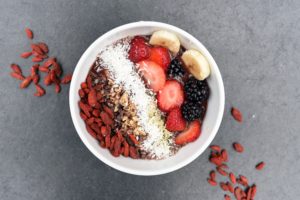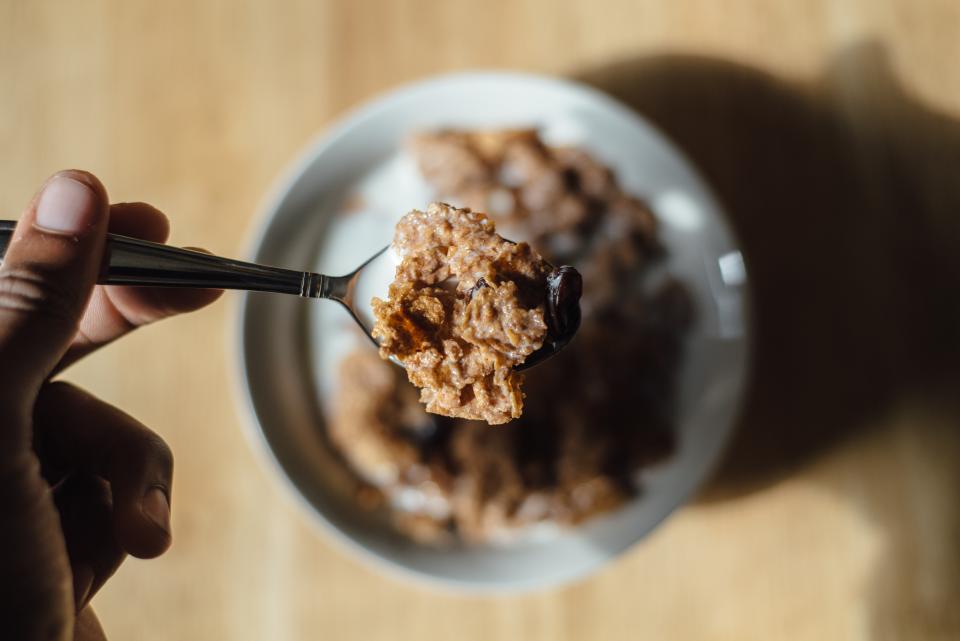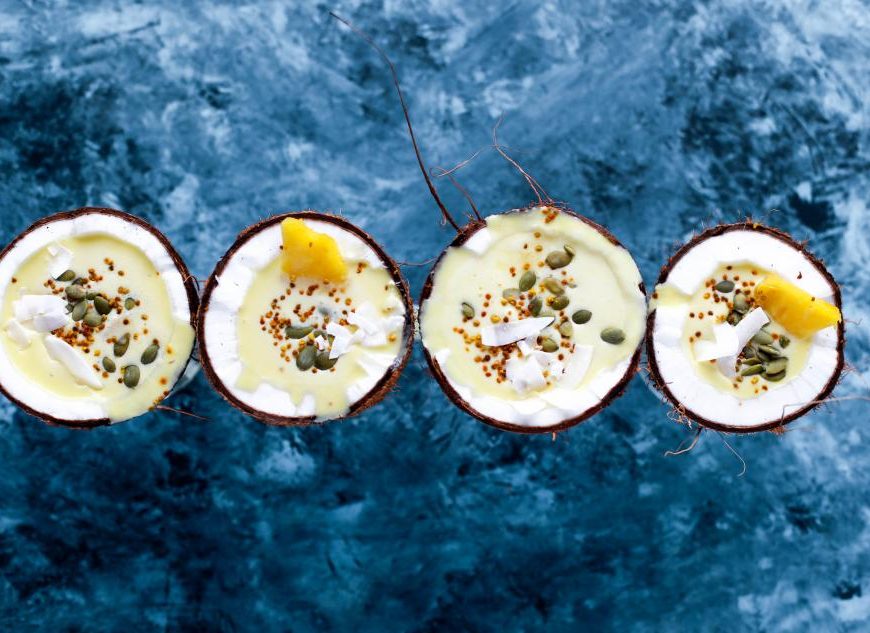This was my diet for many years before developing leaky gut, food intolerances, and studying to be a Naturopath and Nutritionist.
Breakfast: 5 Weetbix, 1 cup of low fat milk, pottle low fat yoghurt and fruit.
Morning tea: muesli bar and fruit.
Lunch: Vogel’s salad sandwich and fruit.
Afternoon tea: 2 slices of Vogel’s toast with Olivani and Marmite.
Dinner: meat and veges.
Supper: chocolate (in any shape or form).
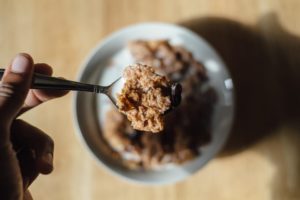
Looking back on this now, there are so many things wrong with this. More wrong than right, yet I thought I was the definition of health. Everyone else also perceived my diet as perfect, according to conventional wisdom.
I ate Weetbix like the All Blacks… I just recently found out the All Blacks don’t eat Weetbix! They do a great job of marketing to children with pictures of the All Blacks and the Weetbix Tryathlon. All cereal and snack food companies are guilty of this marketing, I am not picking on Sanitarium.
I drank low fat, calcium fortified milk, to grow up to be big and strong… like a cow! Milk contains growth hormones. Some hormones are synthetically administered to cows (especially in the US), but all cows have natural growth hormones. As cows are large animals, the growth hormones have to be potent for a baby calf to grow into a large cow.

I ate low fat, fruit yoghurt. More dairy = stronger bones right? Wrong! Dairy products contribute to acidity in the blood. The blood must remain in a narrow pH range of 7.35 to 7.45. Many diet and lifestyle habits these days lead to more acidic blood. An abundant of vegetables and some fruit, help to alkalise the blood. However, if these alkalising factors are missing, the body must draw alkalising minerals from its reserves to keep the blood within the pH range. These alkalising minerals are calcium and magnesium. Calcium is the most abundant mineral in the body, therefore, more of this is drawn upon. The body also draws upon magnesium, and this is one of the causes of deficiency which is prevalent nowadays.
Do we actually need that much calcium? I believe that New Zealand has done a fantastic job of marketing itself as a dairy country and we are all sold on the “dairy = strong bones” myth, the most convincing nutrition myth of this era. No other mammal drinks milk after weening or another animals milk. I believe that if we live an alkalising lifestyle and eat alkaline food, we can obtain all of the calcium we need from plant sources e.g. leafy green vegetables, broccoli, almond and almond milk, tahini, chia seeds and other nuts/seeds.
I grew up with Olivani as the primary spread. I am the generation that was fed margarine from birth. Butter was used in baking as a treat, but not as an everyday spread. Margarine contains hydrogenated and trans fats, among preservatives, colours and additives. Hydrogenation is the process of chemically changing liquid vegetable oil into solid vegetable oil. This is not natural, resulting in harmful fat. Artificially produced trans fats are linked to diabetes, fatty liver disease and disrupted cell signalling, among many other health issues. Some natural trans fats occur in animal products (meat, eggs and dairy) but these are natural and not harmful. There is a belief that Olivani is better because it is olive oil, but that is not the case. Cholesterol lowering margarine is more harmful than beneficial, there are many natural ways to lower cholesterol. Butter is not only more natural, but highly beneficial. Butter is rich in vitamin A and healthy saturated fat (yes saturated fat is healthy!). Vitamin A and healthy fats support our skin, eyes and immunity.
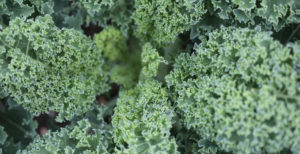
I looked for under 3 grams of fat and 1 gram of saturated fat per serve, on all food packaging. Little did I know that low fat equals high sugar. Packaged food doesn’t taste good without fat, so sugar and often fat are added to please our taste buds. Additionally, high sugar/low fat foods rapidly increase blood sugar and leave us feeling unsatisfied. Fat (and protein) stabilise our blood sugar levels and slowly convert into energy, providing a feeling of satiety. If you switch from a low fat/high sugar version of a food to a full fat/low sugar version from a food, you will feel satisfied with eating a smaller portion.
When it came to supper, if chocolate was in the house, it would no longer be in the house if I was around, it would be in my belly. Imbalanced blood sugar and sugar cravings are more common in people who eat a low fat, high sugar diet. When our blood sugar is low, we crave foods that increase our blood sugar rapidly.
Chocolate is great for increasing blood sugar for a couple of reasons. Firstly, it usually contains sugar unless it is sugar free. Secondly, it contains a natural stimulant called theobromine, only slightly less stimulating than caffeine. Similarly to caffeine, theobromine can cause a short-term stress response in the body. This releases adrenaline, blood sugar and increases our heart rate, a sympathetic nervous system response to increase our energy. This is beneficial if you need quick energy for your brain or physical activity, however, not ideal if you are sitting on the couch and watching tv at night.
Magnesium deficiency is another reason for chocolate cravings, because cacao is a source of magnesium. Magnesium may be depleted by stress, exercise, caffeine, alcohol, sugar, excess protein, calcium supplements, medications, in other words, modern diet and lifestyle.
Cacao increases serotonin, our “happy hormone” and dopamine our “feel good hormone”. Serotonin is a neurotransmitter helps mood, sleep and anxiety. Dopamine is a neurotransmitter involved in reward and motivation. Menstruating women naturally experience a dip in serotonin the week before menstruation, this is why chocolate cravings are common during that time.
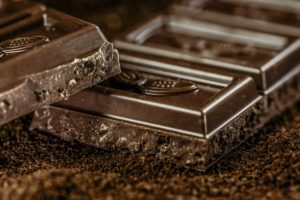
My diet looks dramatically different now.
I can’t really tell you what I eat on a daily basis, because it changes everyday. I don’t have a typical or normal diet.
What do I look for on a label now? The absence of. The absence of what? The absence of a label. Real, fresh food doesn’t have labels!
Bread and cereal are treats rather than staples, as recommended by the food pyramid and conventional wisdom.
If I eat dairy (rarely), I only choose the full fat version.
Now I don’t limit my nuts to 12, I eat fat in abundance.
I still eat chocolate daily, the quantity hasn’t changed. The quality and time of day have changed. I predominantly eat organic, dark chocolate and earlier in the day when I will use the energy. I probably eat so much chocolate because I can’t drink coffee, I am hypersensitive to caffeine. Everyone else drinks their daily coffee and I eat my daily chocolate!
Keep it simple, stick to foods your grandparents would recognise… fruit, vegetables, root vegetables, wholegrains, nuts, seeds, meat, seafood and maybe full fat dairy if it serves you. Raw milk is preferable, it is unpasteurised and unhomogenised. Pasteurisation kills the enzymes and many vitamins in milk. Lactase is one of the important enzymes that is destroyed when milk is pasteurised. Lactase is the enzyme which breaks down lactose, hence why lactose intolerance is prevalent nowadays. Homogenisation denatures molecules, making digestion more difficult as the molecules are not in their natural form.
Plus nutrient dense, superfoods e.g. cacao, spirulina, chlorella, wheat grass, chia seeds and maca powder, just to name a few. These are great additions to smoothies, the perfect breakfast or snack.
